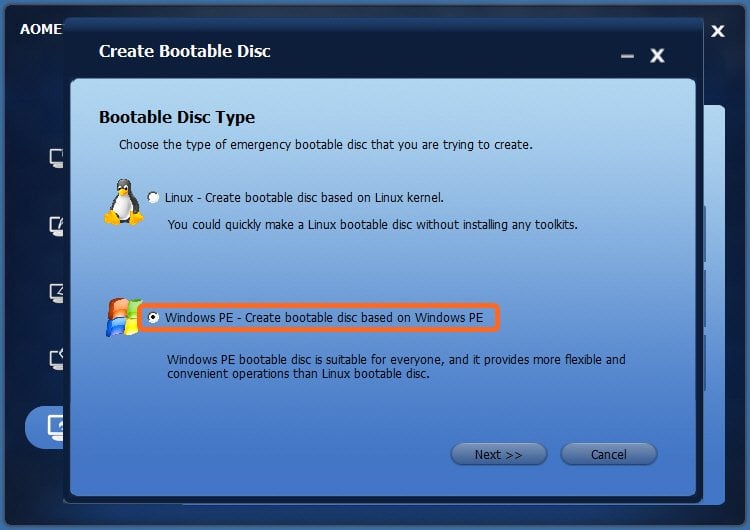
You can use installation media (a USB flash drive or DVD) to install a new copy of Windows, perform a clean installation, or reinstall Windows 10.
To create installation media, go to the software download website, where you'll find step-by-step instructions. On that website, you can select a version of Windows and create your own installation media using either a USB flash drive or a DVD. To go directly to one of the versions, select one of these links:
Windows 10 (Then select Download tool now.)
Save the ISO file on your PC/Laptop and burn it on a DVD once the full ISO has been downloaded. Once you click on Next, the system will start downloading the Windows version bootable files. Once the files have downloaded, the tool will automatically start creating the bootable USB. Hold F7 / F1 / F2. Hold F12, F8, or F10. If done correctly, you should see a boot device selection menu, like one of the following images. Use the arrow keys to select the USB drive, then press Enter to boot the selection. Pop!OS will boot into the familiar Pop!OS desktop.
Create Dvd Boot Disk Windows 10
Important: Back up your files before you install or reinstall Windows on your PC. Learn how for Windows 10 or for Windows 7 and Windows 8.1.
To create the installation media, here's what you'll need:
A PC with a reliable internet connection. The download time will vary, depending on your internet connection.
A USB flash drive or DVD. A blank USB flash drive with at least 8 GB of space, or a blank DVD (and DVD burner). We recommend using a blank USB or blank DVD because any content on it will be deleted. When burning a DVD from an ISO file, if you're told the disc image file is too large, you'll need to use dual layer (DL) DVD media.
A product key. Your 25-character product key (not required for digital licenses). For help finding it, go to Find your Windows product key.
Usb Windows 10 Boot Disk
After you've created the installation media, you can reset or reinstall Windows. To learn more, go to Recovery options in Windows 10.